The natural world is filled with deception, and nowhere is this more apparent than in the elaborate disguises of insects. Across millions of years of evolution, insects have developed remarkable abilities to mimic other creatures, plants, and even inanimate objects to increase their chances of survival. This phenomenon, known as mimicry, represents one of nature’s most fascinating adaptations. From butterflies that resemble toxic species to stick insects that disappear against tree branches, insect mimicry showcases the incredible power of natural selection to shape appearances for survival advantage. As we explore the diverse and ingenious ways insects disguise themselves, we’ll discover that these tiny masters of deception have much to teach us about evolution, adaptation, and the complex web of relationships in nature.
The Evolutionary Purpose of Mimicry
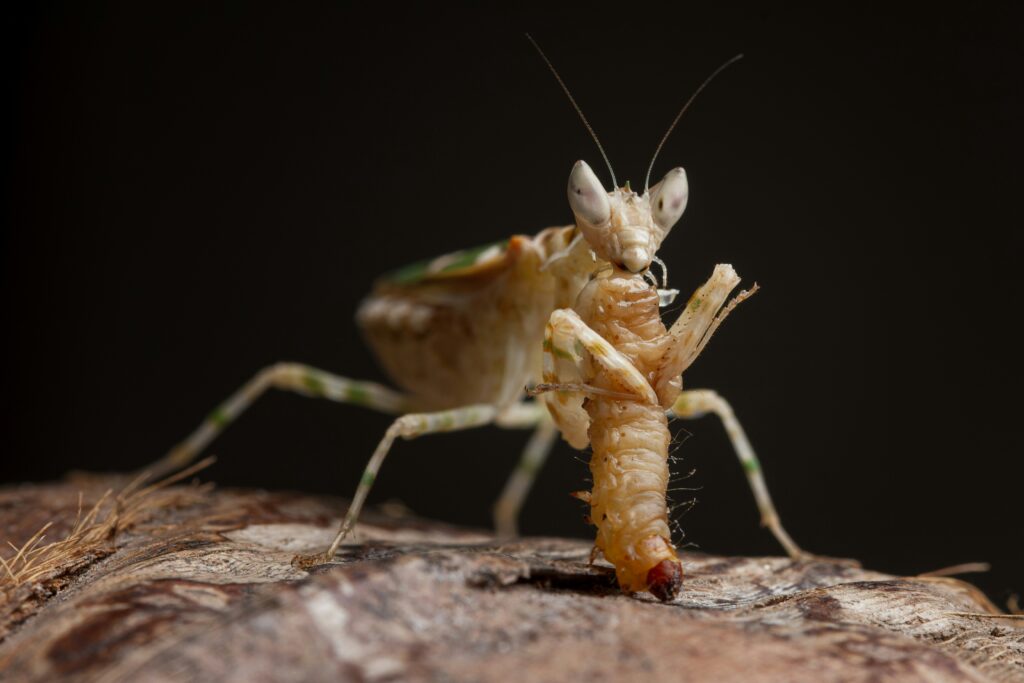
At its core, mimicry serves as a powerful survival strategy that has evolved independently across numerous insect lineages. Natural selection favors individuals that can avoid predation or gain advantages through resemblance to something else, whether that’s another organism or an environmental feature. Over countless generations, insects with even slightly beneficial resemblances survived at higher rates, passing these traits to offspring and gradually refining the mimicry. This evolutionary arms race has produced some of the most precise and convincing disguises in the animal kingdom. The effectiveness of mimicry depends on the selective pressure exerted by predators who learn to avoid certain appearances after negative experiences, creating the perfect conditions for mimics to evolve. Remarkably, insects achieve these sophisticated disguises not through conscious effort but through the blind yet powerful process of natural selection acting on random genetic variations.
Batesian Mimicry: The Impostor Strategy

Batesian mimicry represents one of the most common forms of deception in the insect world, where harmless species evolve to resemble dangerous or unpalatable ones. Named after English naturalist Henry Walter Bates, this strategy essentially allows the mimic to “borrow” the protection of another species without actually developing toxic compounds or defense mechanisms themselves. The viceroy butterfly provides a classic example, having evolved to closely resemble the monarch butterfly, which predators avoid due to the toxic compounds it acquires from milkweed plants. Many hoverflies exemplify this strategy as well, with striking yellow and black patterns that closely resemble stinging wasps or bees, causing potential predators to think twice before attacking. The effectiveness of Batesian mimicry depends on the mimic being less common than the model species; if impostors become too numerous, predators might learn that the warning signals aren’t always reliable, potentially undermining the protective value for both mimic and model.
Müllerian Mimicry: Strength in Similar Appearances
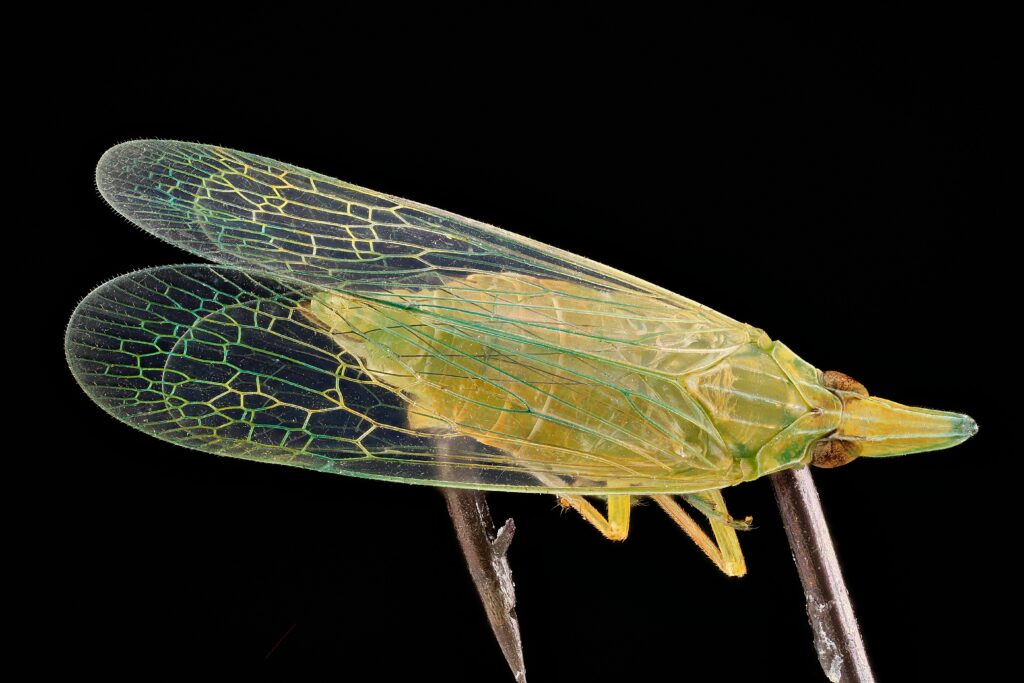
Unlike Batesian mimicry, Müllerian mimicry occurs when multiple species that are all genuinely dangerous or unpalatable evolve to look similar to one another, creating a form of cooperative defense through shared warning signals. Named after German naturalist Fritz Müller, this strategy benefits all participating species by reinforcing a common warning signal, making predator learning more efficient and reducing the number of individuals sacrificed during predator education. In the insect world, many butterflies in the Heliconius genus demonstrate this principle beautifully, with different toxic species converging on similar wing patterns within specific geographic regions. Various species of bumblebees also display Müllerian mimicry, with many toxic or stinging species sharing the familiar black and yellow banding patterns. The evolutionary advantage is clear: when a predator learns to avoid one species after an unpleasant experience, it will automatically avoid all similar-looking species, providing a kind of shared immunity across different species that have independently evolved toxicity.
Aggressive Mimicry: Deadly Deception
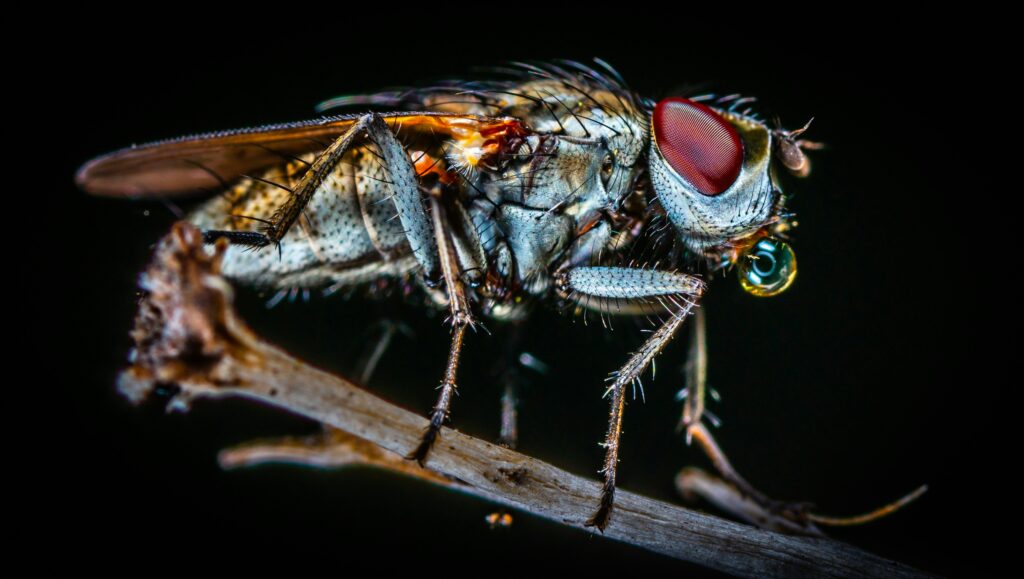
While many forms of mimicry focus on defense, aggressive mimicry flips the script, allowing predatory insects to deceive their prey through false appearances. These remarkable adaptations enable predators to approach potential meals by masquerading as something harmless or even attractive to their prey. The orchid mantis presents a stunning example, with its body resembling a flower so convincingly that it attracts insect pollinators who unwittingly become its next meal. Certain species of assassin bugs employ a similar strategy by covering themselves with ant carcasses, allowing them to infiltrate ant colonies and feed on the inhabitants without triggering defensive responses. Perhaps most diabolical are firefly femmes fatales—females of the genus Photuris that mimic the light patterns of females from other firefly species, luring in amorous males of these species only to devour them upon arrival. These examples showcase how mimicry can serve not just as a shield but also as a sword in the evolutionary arsenal of insects.
Masquerading: Hiding in Plain Sight
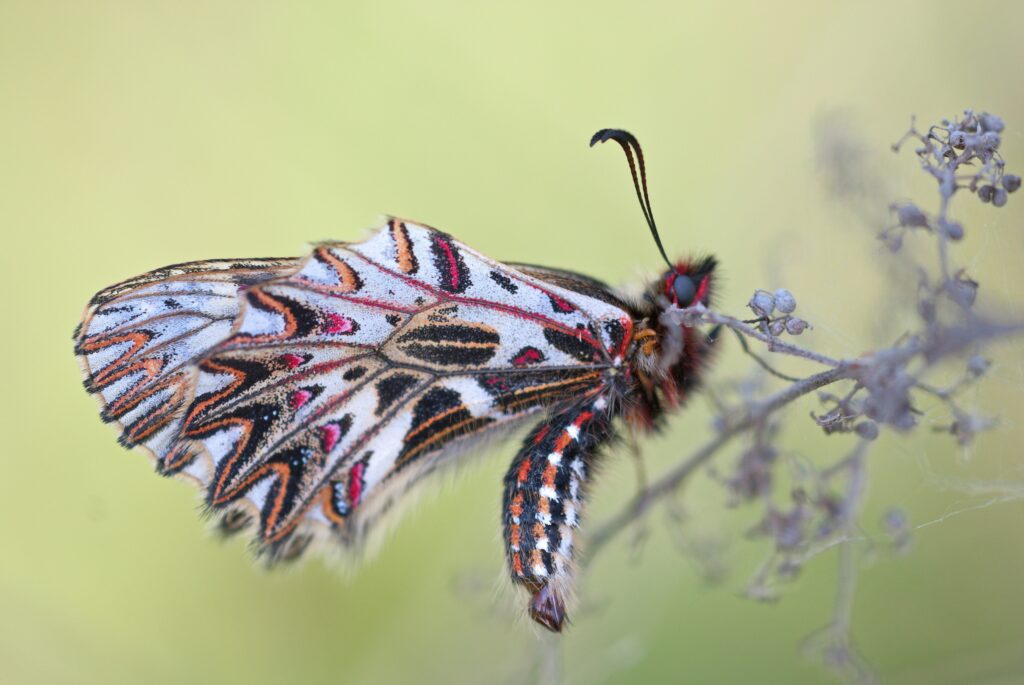
Some insects take mimicry to extraordinary lengths by evolving to resemble non-living elements of their environment, a phenomenon often called masquerading. Unlike camouflage, which simply helps creatures blend into backgrounds, masquerading involves looking specifically like another object that predators might recognize but ignore as uninteresting. Stick insects represent perhaps the most famous practitioners of this strategy, with bodies that so perfectly mimic twigs and branches that they become virtually invisible to predators even when in plain sight. Certain moth species have evolved wings that precisely resemble dead leaves complete with veins, damaged areas, and even what appears to be mold spots. The thorn bug takes this concept in another direction, with a body modified to look like a plant thorn—a structure predators typically avoid due to its sharp, potentially injurious appearance. These remarkable adaptations highlight how natural selection can shape bodies to mimic not just other creatures but also the most mundane objects in the environment when doing so confers survival advantages.
Mimicry in Butterflies and Moths
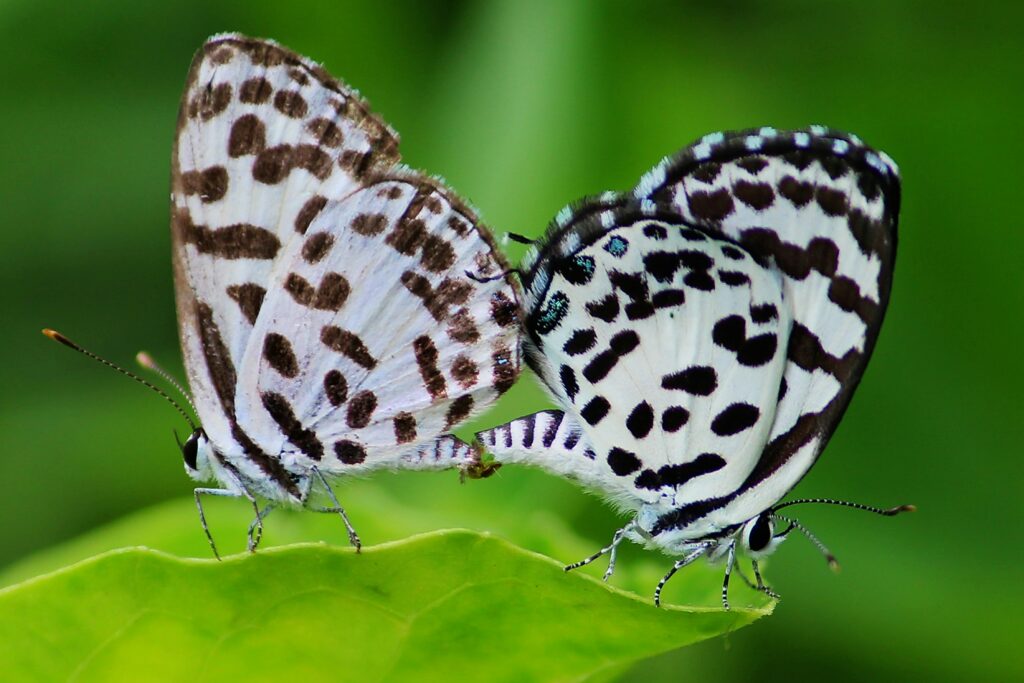
The Lepidoptera order, containing butterflies and moths, showcases some of the most spectacular examples of mimicry in the insect world. Wing patterns in these insects have evolved to serve multiple mimetic functions, from warning coloration to resemblance of predators. The swallowtail butterflies of the genus Papilio demonstrate remarkable versatility, with some species having caterpillars that resemble bird droppings when young and then developing snake-like appearances in later instars, complete with false eyes that can be puffed up when threatened. Several moth species have evolved wing patterns resembling the faces of owls, hawks, or other predatory birds, which they can suddenly display when disturbed to startle potential attackers. The dead leaf butterfly (Kallima) exemplifies masquerading with uncanny precision—when its wings are closed, it becomes virtually indistinguishable from a dead leaf, complete with what appear to be leaf veins, stem, and even fungal spots. These sophisticated adaptations underscore how visual mimicry has reached its evolutionary pinnacle in these highly visual insects.
The Masters of Disguise: Stick and Leaf Insects

Within the order Phasmatodea, stick and leaf insects have elevated the art of disguise to levels that border on the unbelievable, with bodies that have evolved to mimic plant parts with extraordinary precision. These remarkable insects don’t simply look like twigs or leaves; their bodies have actually been restructured through evolution to create the illusion, with flattened or elongated body segments, textured exoskeletons resembling bark or leaf veins, and even irregular edges that mimic leaf damage or natural growth patterns. Adding to their disguise, many species enhance their camouflage through behavioral adaptations, such as swaying gently to mimic leaves moving in a breeze or remaining perfectly still for hours to maintain their twig-like appearance. The giant leaf insect (Phyllium giganteum) takes this mimicry to extremes, with a body that not only resembles a leaf in shape and color but even includes details like leaf-like veins on its legs and abdomen, irregular edges resembling leaf damage, and a flattened, paper-thin body that catches light the same way a real leaf would. These insects represent perhaps the most thorough morphological adaptations for mimicry in the entire animal kingdom, with almost every aspect of their anatomy contributing to their deceptive appearance.
Chemical Mimicry: Beyond Visual Deception

While visual mimicry gets most attention, many insects employ sophisticated chemical mimicry to deceive other species through smell and taste rather than appearance. This strategy is particularly common among social insect parasites that must infiltrate colonies where residents recognize each other primarily through chemical signatures. Certain species of rove beetles have evolved to produce the exact chemical signatures of the ant colonies they invade, allowing them to move freely among their hosts, who accept them as nestmates despite their distinctly non-ant appearance. Some butterfly caterpillars, like those of the Alcon blue butterfly, secrete chemicals that mimic the pheromones of ant larvae, tricking worker ants into carrying them into their nests, where they are fed and protected as if they were the ants’ own young. Perhaps most remarkable are certain orchid bees that chemically mimic female bees so precisely that male bees attempt to mate with them, facilitating pollination in the process. These examples show that mimicry extends far beyond the visual domain, creating a multisensory web of deception that operates below the threshold of human perception.
Acoustic Mimicry: The Sound of Deception
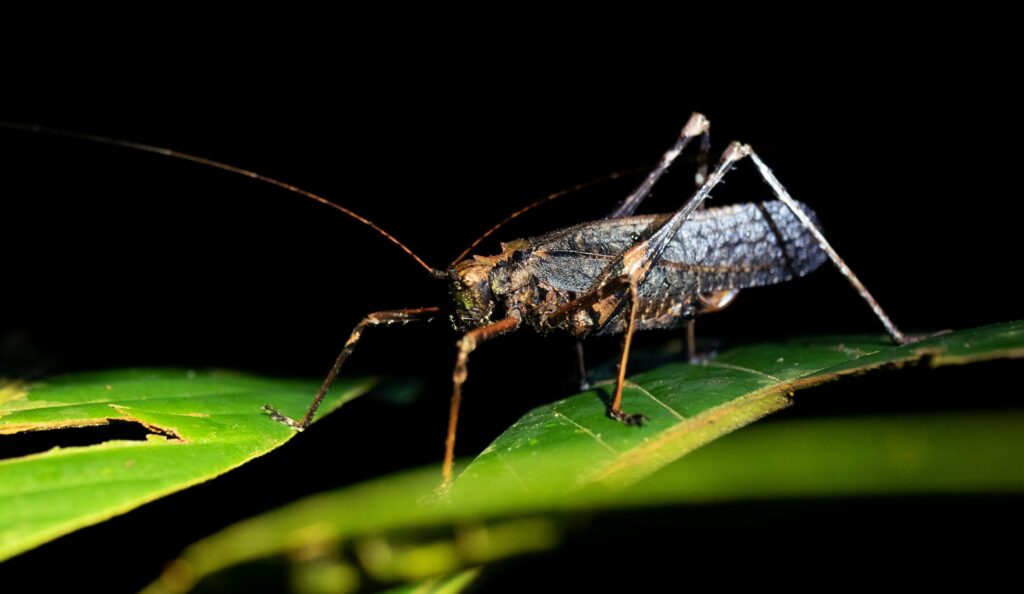
In the complex world of insect communication, certain species have evolved to mimic the sounds of other creatures to gain advantages—a phenomenon known as acoustic mimicry. Some parasitic flies can produce buzzing sounds that precisely match the acoustic signatures of their host bees, allowing them to enter nests without triggering defensive responses from the guard bees who monitor not just appearance but also the distinct sound patterns of returning nestmates. Certain moth species have developed the ability to produce ultrasonic clicks that mimic the echolocation jamming sounds emitted by other moth species which are unpalatable to bats, essentially borrowing their sonic protection against these primary predators. The spotted lanternfly employs a different acoustic strategy, producing substrate vibrations that mimic the alarm signals of ants, potentially deterring predators that have learned to avoid attacking insects that are protected by aggressive ant colonies. These acoustic mimics demonstrate how natural selection has shaped adaptations across multiple sensory modalities, creating deceptive strategies that extend well beyond the visual trickery more commonly associated with mimicry.
Ant Mimics: The Copycats of the Insect World
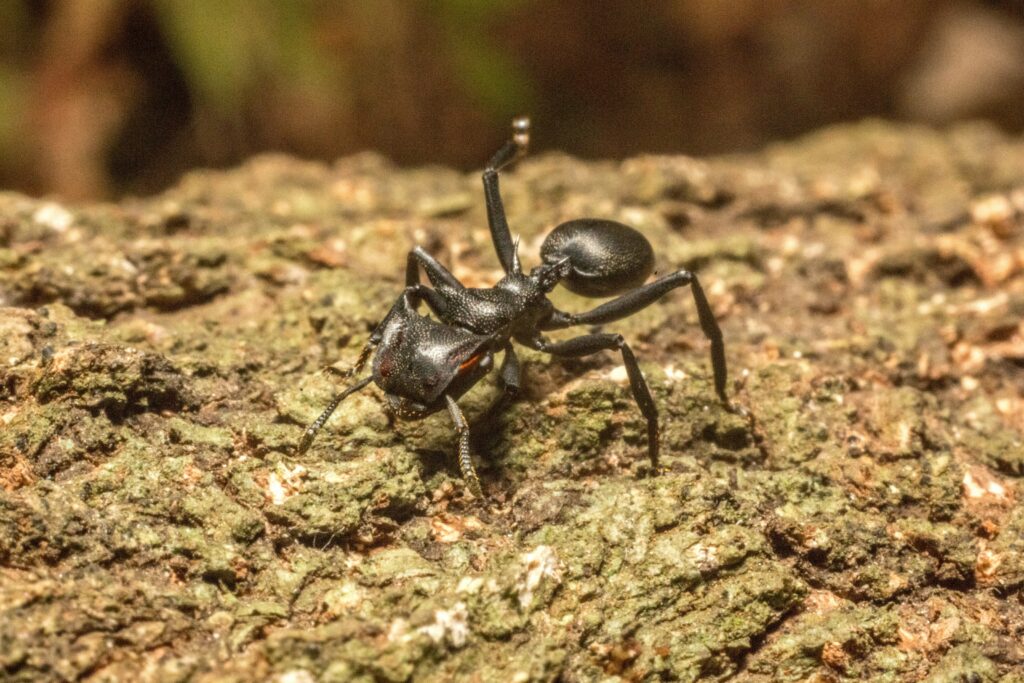
Ants represent such successful and often well-defended insects that numerous other arthropods have evolved to mimic their appearance, behavior, and chemical signatures—a phenomenon known as myrmecomorphy. These ant mimics come from diverse taxonomic groups, including spiders, beetles, mantids, and even other true bugs, all converging on ant-like forms despite their different evolutionary origins. The jumping spider genus Myrmarachne includes species that have evolved constricted waists, ant-like body proportions, and even behaviors like holding their front legs aloft to resemble antennae, creating a convincing ant disguise that deters predators who have learned to avoid the stinging or biting defenses of real ants. Certain species of rove beetles have evolved such perfect physical mimicry of army ants that researchers need microscopic examination to distinguish them from the ants they march alongside, allowing them to prey on the same food sources while gaining protection from the fearsome reputation of their models. Some assassin bugs actually enhance their ant mimicry by carrying dead ant carcasses on their backs, using these “corpse camouflage” to mask their own chemical signatures while adding to their visual disguise as they hunt inside ant colonies. This widespread convergence on ant mimicry across diverse insect groups underscores the strong selective advantage of resembling these ubiquitous and well-defended insects.
Predator Mimicry: Becoming the Enemy

Some insects have evolved perhaps the most daring form of mimicry: resembling the very predators that might otherwise eat them, thereby deterring attacks through fear rather than distaste. The owl butterfly represents a classic example, with large eyespots on its wings that create a striking resemblance to the face of an owl when the wings are suddenly spread, potentially startling smaller insectivorous birds into abandoning their attack. Certain caterpillars of the swallowtail butterfly family resemble small snakes when disturbed, complete with false eyes and patterns that mimic reptilian scales, and some can even rear up in a snake-like striking pose to enhance the illusion. The robber fly family includes species that have evolved to closely resemble wasps or hornets, possibly deterring both their own predators and making their prey less wary as they approach disguised as less threatening insects. This form of defensive mimicry represents an evolutionary leap beyond simple warning coloration, as it requires creating the appearance of a specific predator that would pose a threat to the very animals that might otherwise prey upon the mimic itself.
Geographic Variation in Mimicry Patterns

Across different regions, mimicry systems often show fascinating geographic variation, with the same species displaying different mimetic patterns depending on which model species are present in their local environment. This phenomenon, known as geographic mosaic evolution, demonstrates how mimicry evolves in response to highly localized selective pressures. The butterfly genus Heliconius provides a striking example, with species that display different wing patterns in different regions of Central and South America, each population evolving to match whatever toxic model species are most common in that particular area. Hoverflies show similar regional variations, with their yellow and black patterns more closely matching the specific wasp species that are prevalent in their local habitats. Researchers studying the peppered moth (Biston betularia) documented how quickly mimetic adaptations can shift in response to environmental changes, with the famous case of industrial melanism showing how populations rapidly evolved darker coloration in polluted areas where soot-covered tree trunks made lighter individuals more visible to predators. These geographic variations in mimicry patterns provide natural experiments that help scientists understand the dynamics of evolution in real-time, revealing how natural selection fine-tunes adaptations to match local conditions.
The Future of Insect Mimicry Research
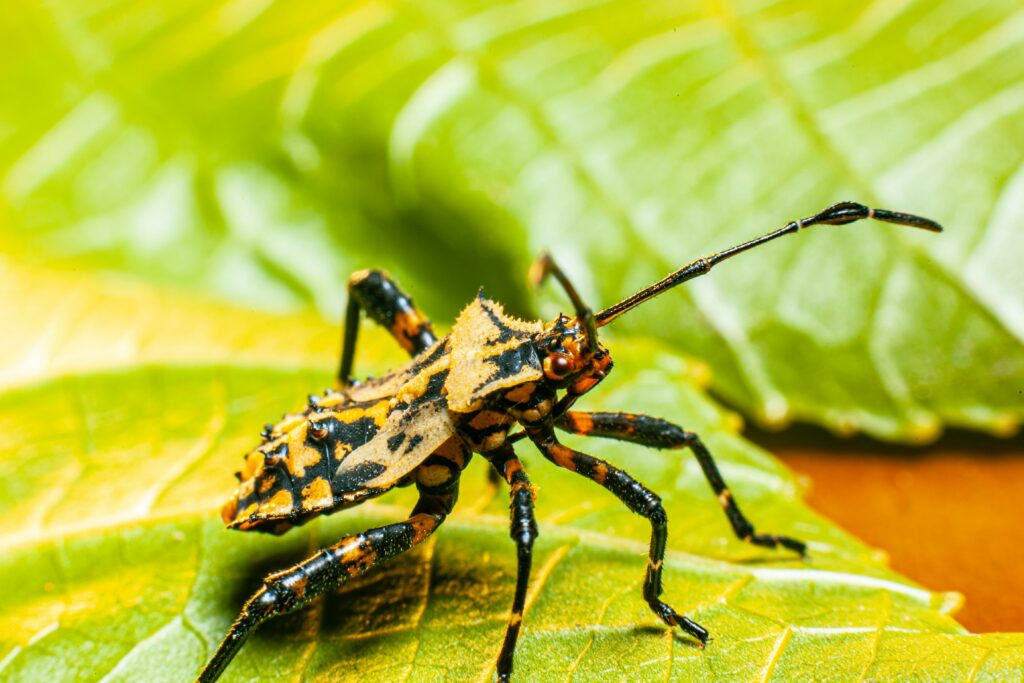
Modern scientific techniques are revolutionizing our understanding of insect mimicry, revealing new dimensions to these ancient adaptations and raising exciting questions for future research. Advances in genomic analysis now allow scientists to identify the specific genes responsible for mimetic patterns, with recent studies in butterflies revealing that surprisingly few genetic switches control major changes in wing coloration and pattern. New visualization technologies that account for predator visual systems rather than human perception show that what appears as imperfect mimicry to our eyes may actually be highly effective deception when viewed through the visual systems of the actual predators the mimicry evolved to fool. Climate change and habitat disruption present new challenges for mimetic systems, potentially creating mismatches between mimics and their models if species respond differently to changing environments or if novel predators enter ecosystems where they haven’t previously existed. As technology advances and our understanding of complex ecological interactions deepens, insect mimicry continues to offer rich opportunities for scientific discovery, potentially yielding insights that could inform fields ranging from evolutionary biology to biomimetic engineering and artificial visual systems.
The remarkable world of insect mimicry showcases nature’s boundless creativity in the face of selective pressure. From harmless flies that mimic dangerous wasps to predatory mantises disguised as flowers, these adaptations represent an evolutionary arms race played out over millions of years. What makes insect mimicry particularly fascinating is its demonstration of how similar solutions can evolve independently across distantly related species when faced with similar challenges. As we face a global insect decline due to human activities, preserving these incredible mimics becomes not just an ecological imperative but also a matter of protecting some of evolution’s most remarkable achievements. The next time you spot what appears to be a twig, leaf, or dangerous wasp in your garden, take a closer look—you might just be witnessing one of nature’s master illusionists hiding in plain sight.

